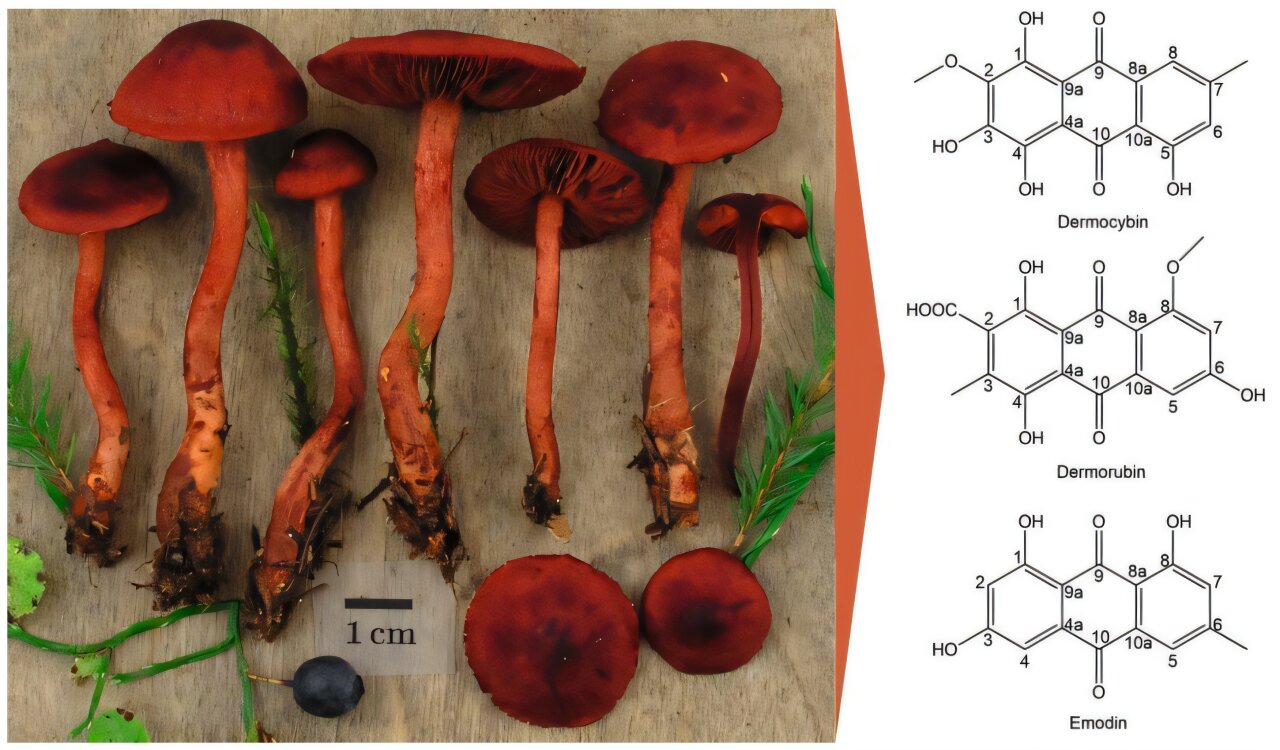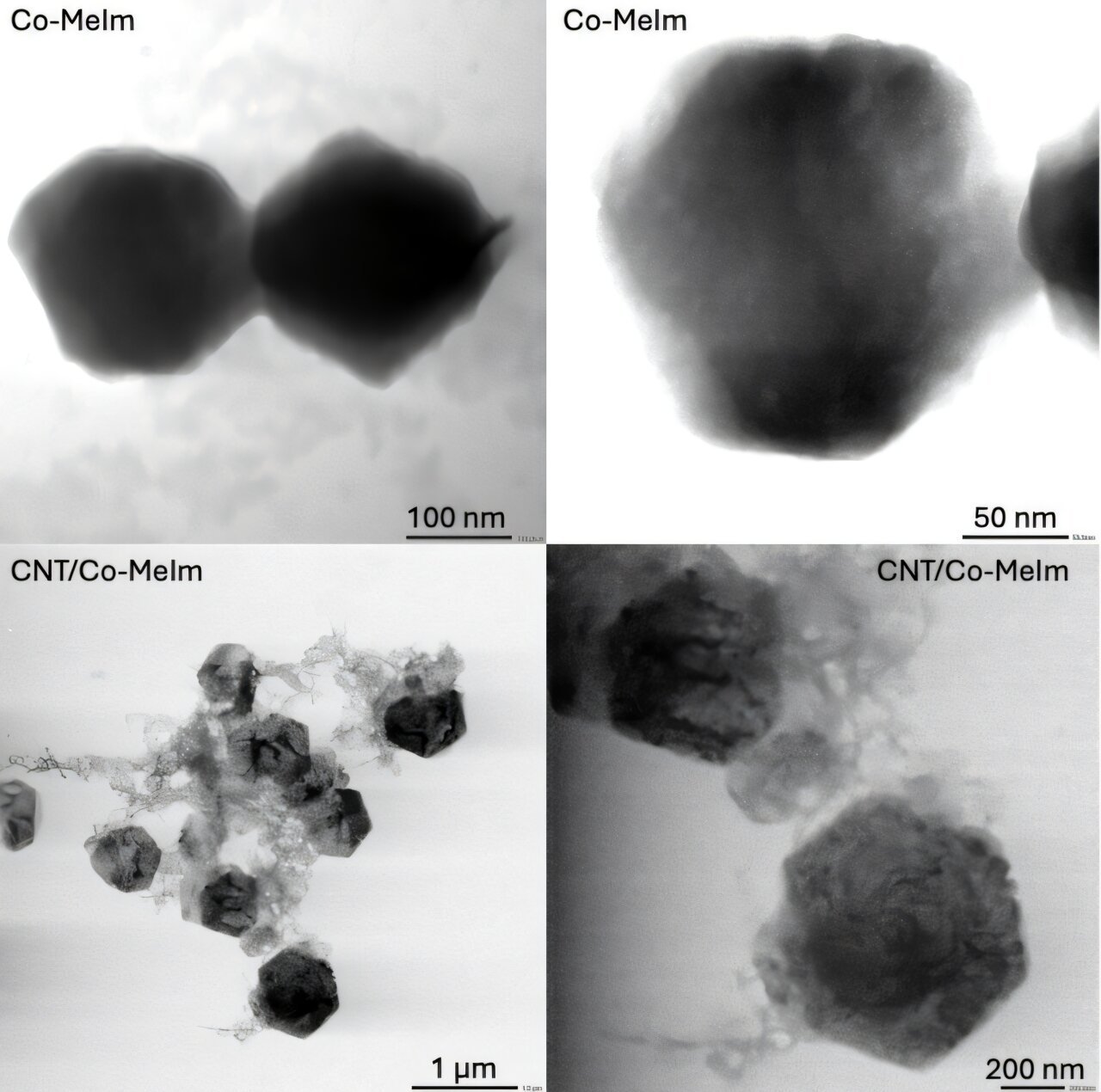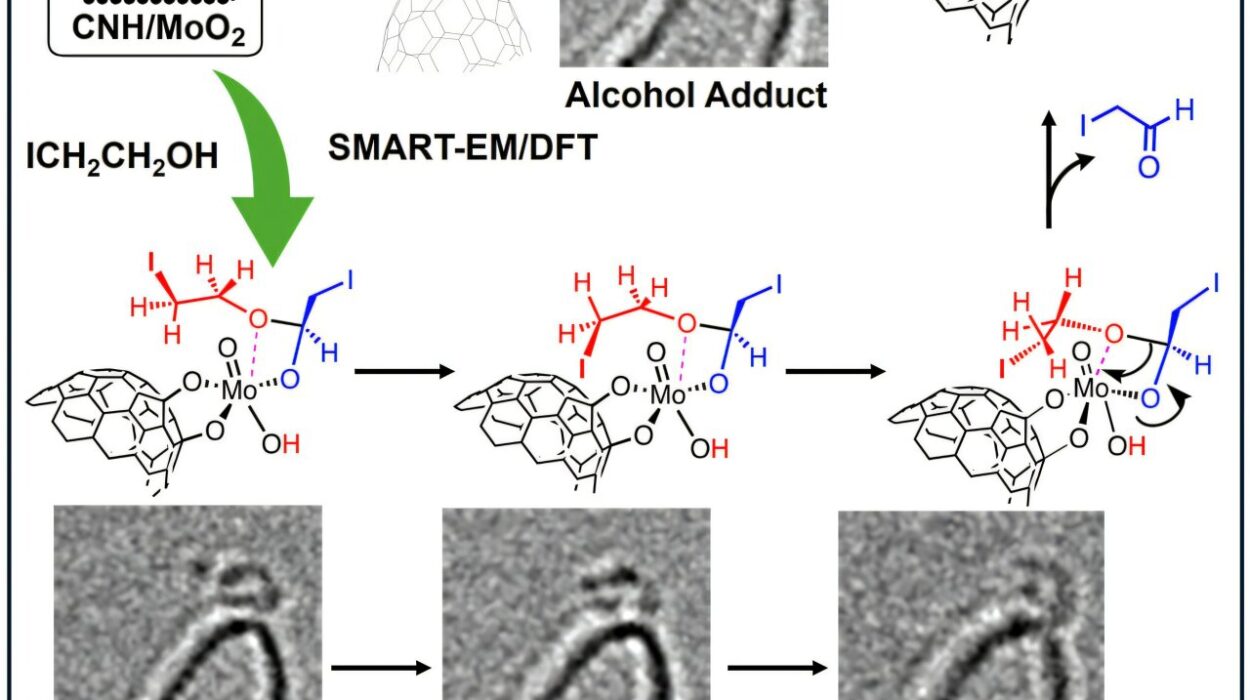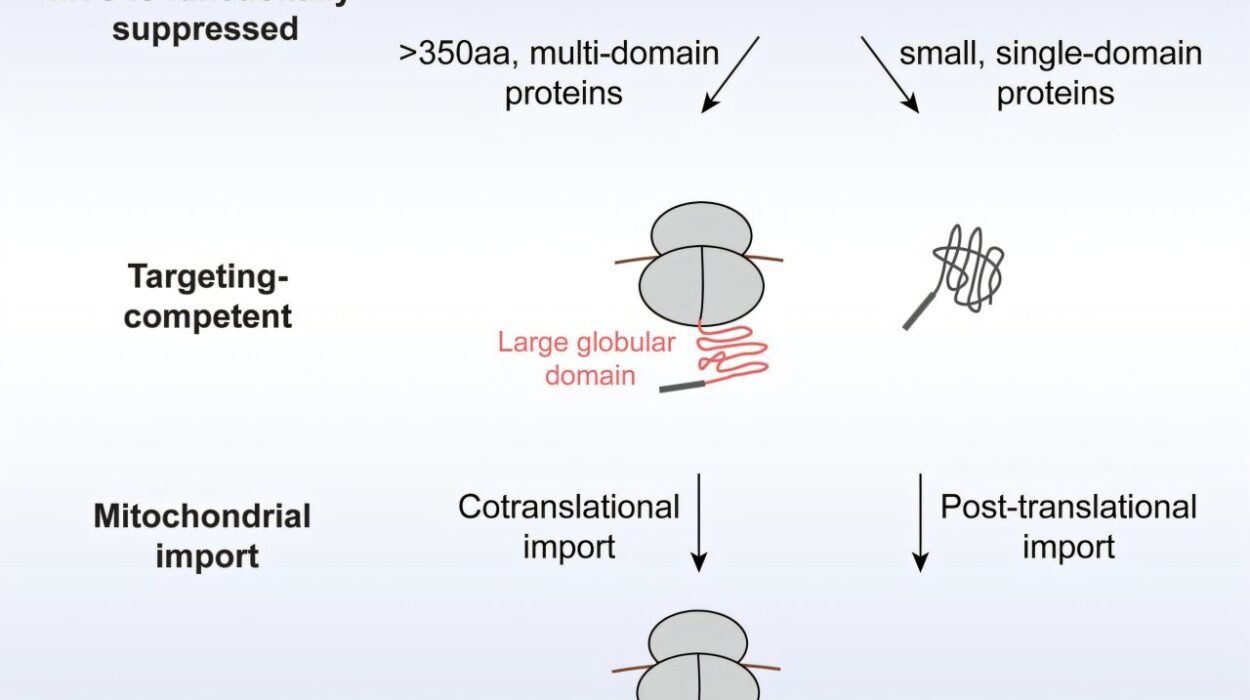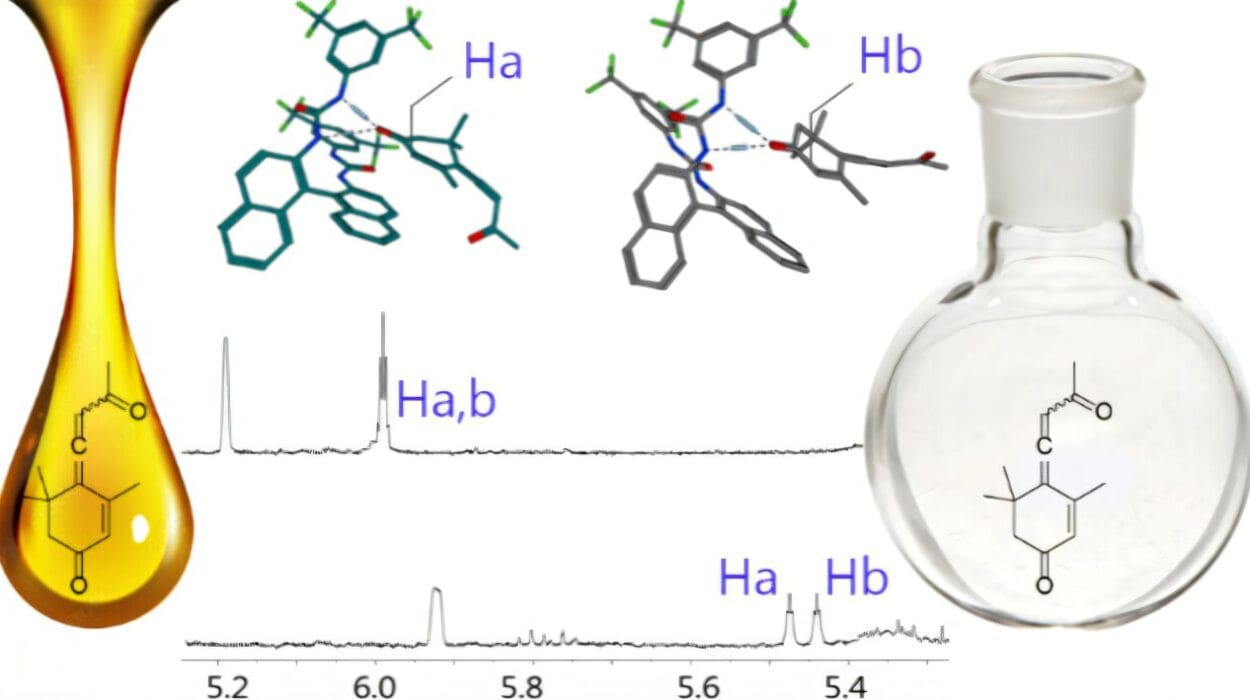A recent doctoral dissertation from the University of Eastern Finland has provided new insights into the toxicity of dyes derived from the bloodred webcap fungus (Cortinarius sanguineus), raising important questions about their safety for use in textile production. This research explored the potential environmental and health risks associated with these natural dyes, which have historically been used in textile dyeing.
Cortinarius sanguineus, a common species in Europe, produces up to 15 different anthraquinone-based dyes, with red dermorubin and yellow emodin being among the most well-known. While these dyes are naturally occurring and biodegradable, providing an eco-friendly alternative to synthetic dyes, the study found considerable variability in their toxicity profiles. This finding suggests that not all anthraquinone dyes are safe to use, even though they are derived from natural sources.
The Need for Sustainable Yet Safe Alternatives
Doctoral Researcher Johanna Yli-Öyrä, who conducted the study, highlights a growing environmental issue concerning synthetic dyes. “Synthetic dyes and their production contribute significantly to pollution, especially in textile manufacturing. There is a pressing need for biodegradable, sustainable alternatives. The bloodred webcap, which produces a range of natural dyes, shows potential in addressing this need,” Yli-Öyrä says.
However, she emphasizes an important point: while these dyes are derived from a natural source, that does not automatically guarantee their safety. Before large-scale production and use of natural dyes, thorough toxicity studies are crucial to assess their effects on human health and the environment.
The study delved into the safety of the most commonly found dyes in the bloodred webcap, including emodin, dermocybin, and dermorubin, alongside an extract composed of a mixture of these dyes. A significant portion of the research was dedicated to understanding how these dyes are metabolized—whether they undergo chemical transformations inside the body that might enhance their toxicity. Metabolic activation can play a key role in the toxic potential of various substances, turning a harmless compound into one with harmful effects.
Insights into Individual Dyes and Their Toxicity
The research provided a nuanced understanding of the safety profiles of the three main dyes produced by the bloodred webcap fungus.
Emodin: A Concern for Mutations and Cell Stress
Emodin, the most prevalent dye in the bloodred webcap, was shown to have several concerning effects. It caused mutations in a bacterial mutation test, an indicator of potential genotoxicity. Moreover, emodin led to oxidative stress in human cells. Oxidative stress occurs when there is an excess of reactive oxygen species (ROS) in cells, which can damage cellular components, increase inflammation, and contribute to the development of various diseases, including cancer. In addition to this, emodin was found to cause skin sensitization—a condition that can lead to allergies upon repeated exposure. These findings raise concerns about emodin’s widespread use, particularly in products that involve direct contact with human skin, such as textiles.
Dermocybin: Promising but Uncertain
The second dye, dermocybin, presented a more complex case. It caused some oxidative stress in human cells, but no other harmful effects were detected in the initial studies. Despite this seemingly benign result, there were notable uncertainties surrounding its metabolism. The research found that dermocybin is broken down into several metabolic products whose biological activities remain unknown. This lack of understanding calls for additional studies to fully assess the safety of dermocybin and its potential toxic metabolites.
In light of the results, Yli-Öyrä remains cautiously optimistic about dermocybin as a natural dye. “Dermocybin could be a good candidate for a sustainable dye option, but further research is necessary to understand its metabolic products and to definitively determine its safety,” she states.
Dermorubin: A Safe Choice?
In contrast to emodin and dermocybin, the red dye dermorubin appeared to be a safer alternative. In the study, dermorubin did not cause any observable cellular toxicity or oxidative stress, nor was it chemically transformed in the body into potentially harmful substances. These properties suggest that dermorubin may be a reliable and safe dye option for commercial use in textiles, provided it is used properly.
Yli-Öyrä’s research thus suggests that dermorubin, unlike emodin and dermocybin, does not present the same level of risk to human health and could offer an attractive alternative for environmentally conscious textile producers.
Variability of Anthraquinones
A critical finding in Yli-Öyrä’s dissertation is the realization that anthraquinones—chemically similar compounds—cannot be lumped together as a single group when it comes to safety assessments. “Although these dyes share a similar chemical structure, their toxicological profiles can be very different,” Yli-Öyrä explains. This highlights the need for comprehensive testing of each individual dye, even those derived from the same natural source, before considering them safe for widespread use.
This insight is particularly important for companies and researchers exploring the potential for natural dyes as alternatives to synthetic options. While natural dyes may seem like a more sustainable option, their safety must be thoroughly evaluated to prevent unintended risks to human health or the environment.
Methodology of the Study
The study employed a variety of methods to assess the toxicity of these dyes. Human immune and liver cell lines were utilized to determine whether the dyes caused cellular toxicity or affected cell functions. Skin sensitization potential was assessed using the KeratinoSens assay, an in vitro test designed to replace animal-based studies that assess allergic reactions. This is particularly important as skin sensitization testing traditionally relies on animal models, which the KeratinoSens assay helps to replace.
Additionally, the study explored how the dyes are metabolized by examining how they interact with various metabolic enzymes found in humans and other species. The research took into account differences in metabolism, as these can also play a significant role in determining how a substance affects health in different individuals.
Contribution to BioColour Research Consortium
This dissertation was part of the BioColour research consortium, a multidisciplinary collaboration that seeks to explore the potential of natural dyes and their sustainable applications. The research consortium aims to find new, environmentally friendly materials for use in textile manufacturing and packaging. One of the key takeaways from Yli-Öyrä’s research is the importance of continued investigation into the safety of natural dyes before they are scaled up for industrial use.
“The results from this research provide crucial information for the further development of natural dye production. This insight into their safety and metabolic activity will help guide future innovation in the textile industry, especially as manufacturers look for more sustainable and biodegradable alternatives to synthetic dyes,” Yli-Öyrä concludes.
Final Thoughts
While the bloodred webcap fungus offers an exciting opportunity to explore new, sustainable dyes, the study underscores the importance of rigorously evaluating the safety of natural products before they are used on a larger scale. Although some dyes, like dermorubin, show promise as safe alternatives to synthetic dyes, others, such as emodin, present potential health risks. In order to ensure both safety and sustainability, it is crucial that future research continues to explore the toxicity of dyes from natural sources and advances the knowledge necessary for their safe application in the textile industry.
With increasing interest in sustainable, biodegradable dyes for various industries, particularly textiles, ongoing safety assessments will be key to bringing these natural alternatives to the market without compromising human health or environmental integrity.
Reference: Johanna Yli-Öyrä, Toxicity and metabolism of cortinarius sanguineus dyes. erepo.uef.fi/handle/123456789/33709
